BCH 201 Past Questions and Answers
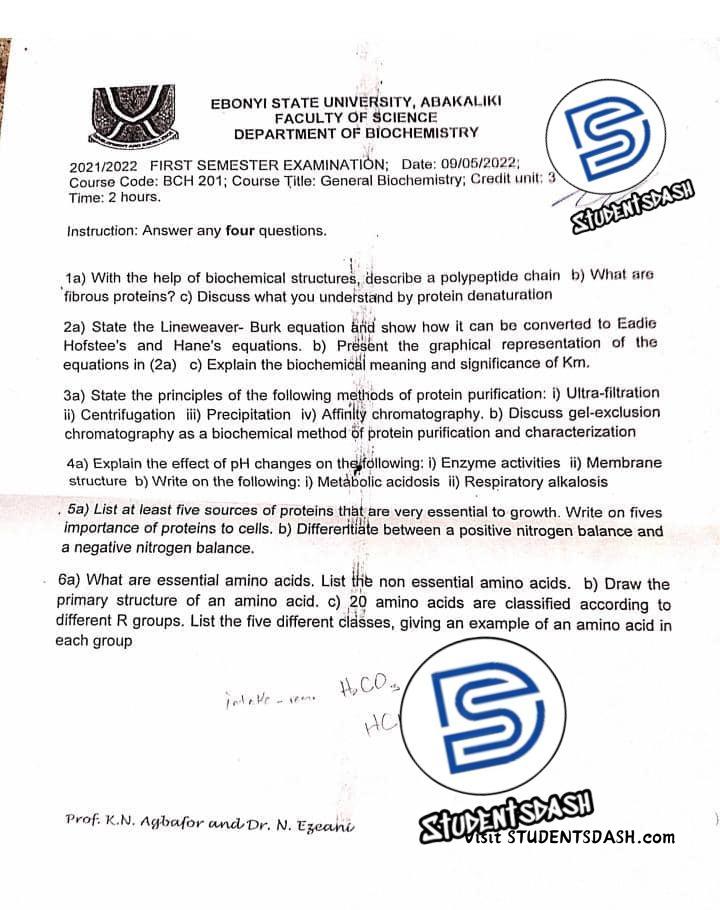
Answer to Q1
(a) Description of a Polypeptide Chain
A polypeptide chain is formed when many amino acids join together by peptide bonds. Each amino acid has two main groups:
• An amino group (–NH₂)
• A carboxyl group (–COOH)
When one amino acid’s carboxyl group bonds to the next amino acid’s amino group, a water molecule (H₂O) is released. This reaction is called a condensation reaction, and the bond formed is a peptide bond (–CONH–). Repeating this process creates a long chain of amino acids, called a polypeptide.
In shorthand, we often show the structure like this:
… –NH–CH(R)–CO–NH–CH(R)–CO– …
where R stands for the side chain that makes each amino acid unique. The chain has two ends: the N-terminus (free –NH₃⁺ group) and the C-terminus (free –COO⁻ group).
(b) What are Fibrous Proteins?
Fibrous proteins are long, thread-like or rope-like proteins that often have a structural role in the body. They usually:
• Are insoluble in water
• Have strong, stable structures
• Provide support and strength to cells or tissues
Common examples include collagen (found in skin and connective tissues), keratin (in hair and nails), and silk fibroin (in spider silk and silkworm silk).
(c) What is Protein Denaturation?
Protein denaturation is when a protein loses its normal 3D shape (its native conformation) because of changes in the environment. This can happen due to:
• High temperature (heat)
• Extreme pH (very acidic or very alkaline conditions)
• Chemicals (like alcohols, detergents)
• Heavy metals (like mercury, lead)
Even though the protein’s shape changes and it often loses its function, the primary structure (the sequence of amino acids) usually remains the same. Denatured proteins can sometimes refold if the conditions return to normal, but often the denaturation is permanent, leading to a loss of biological activity.
2
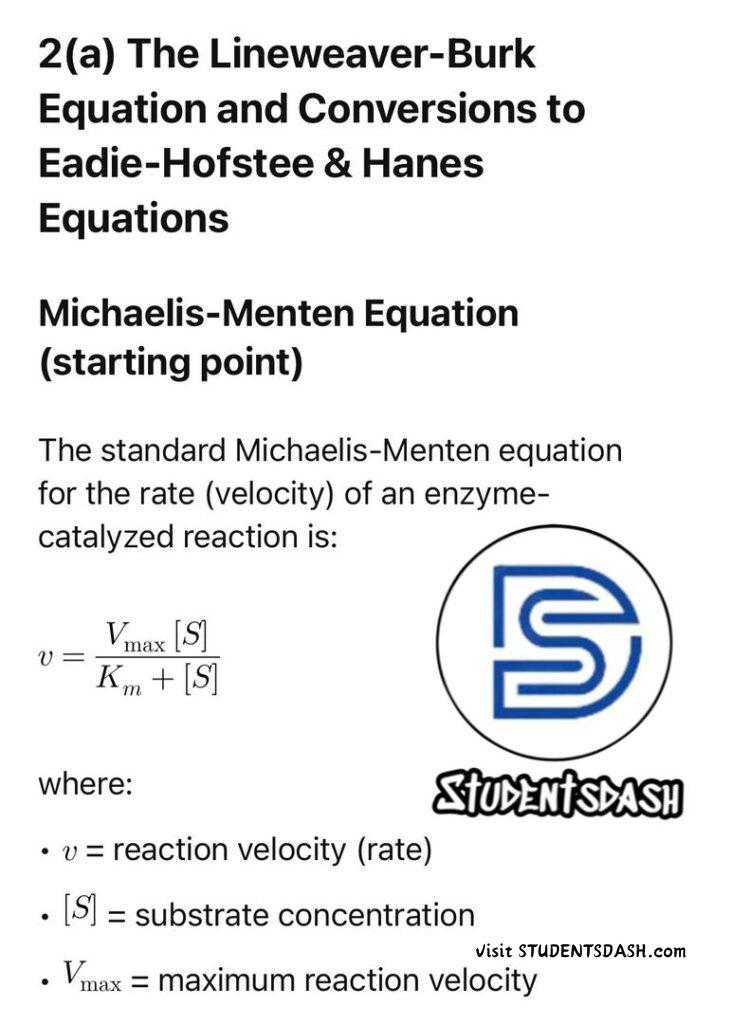
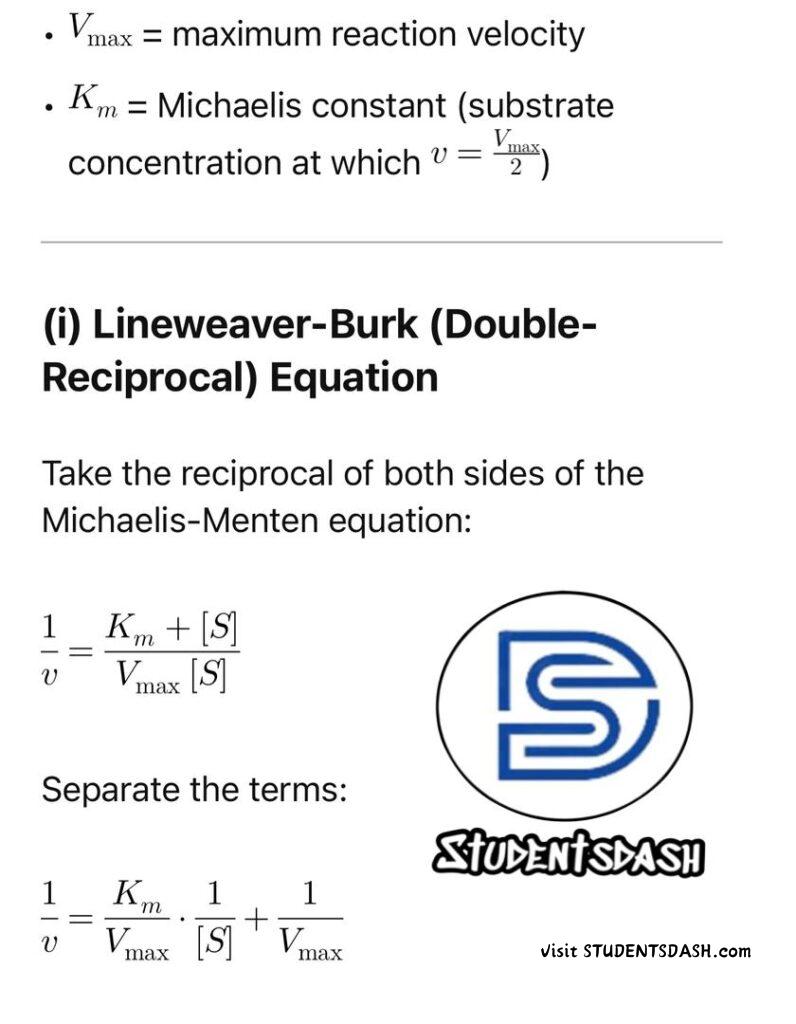


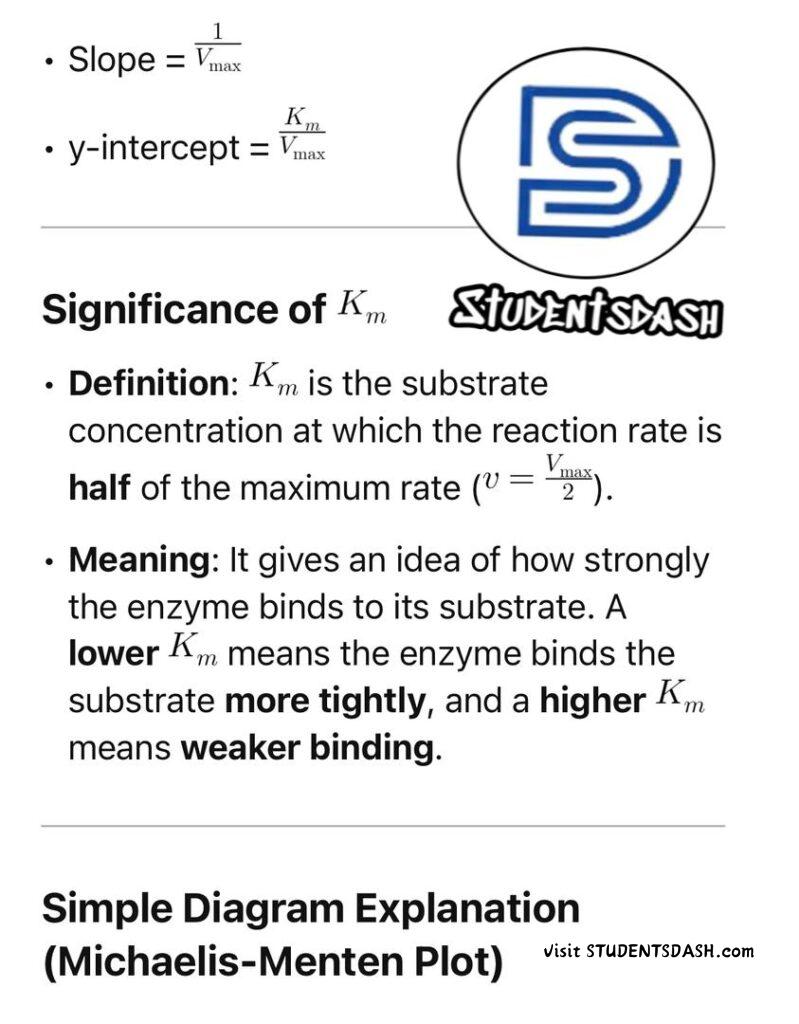

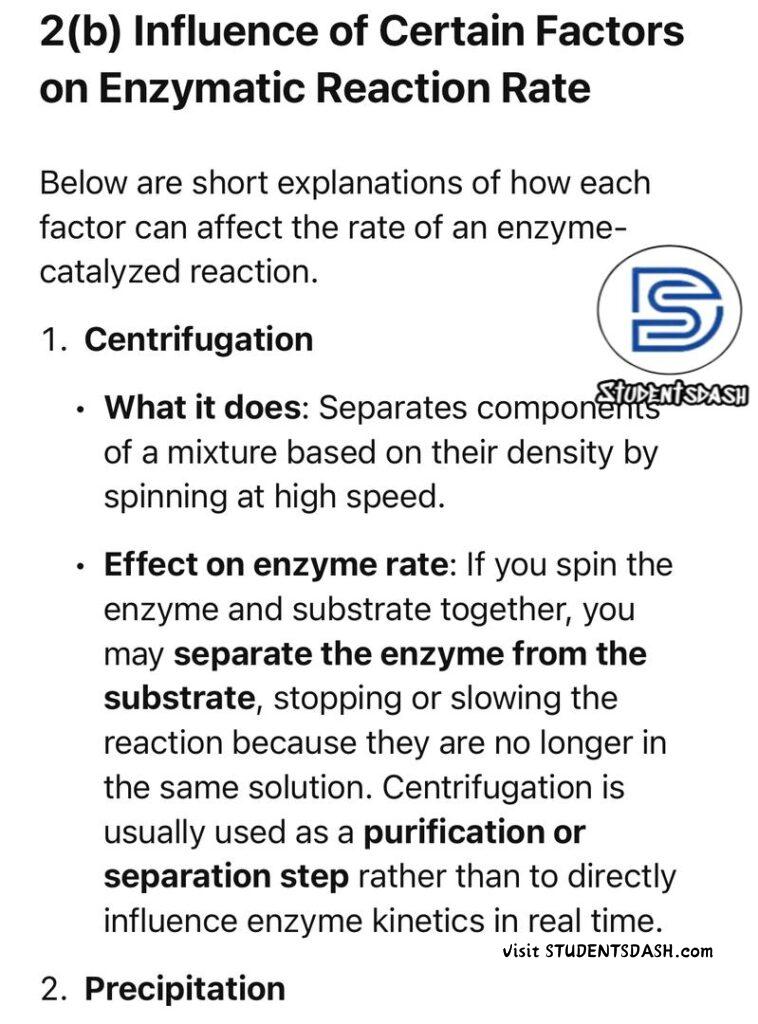
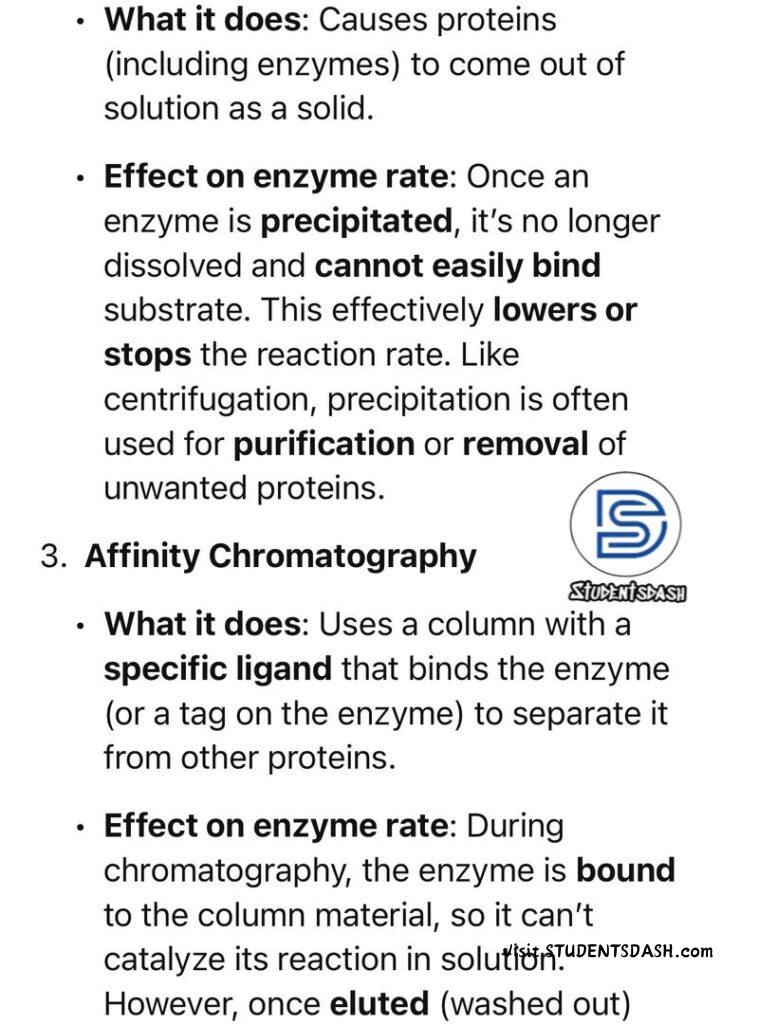

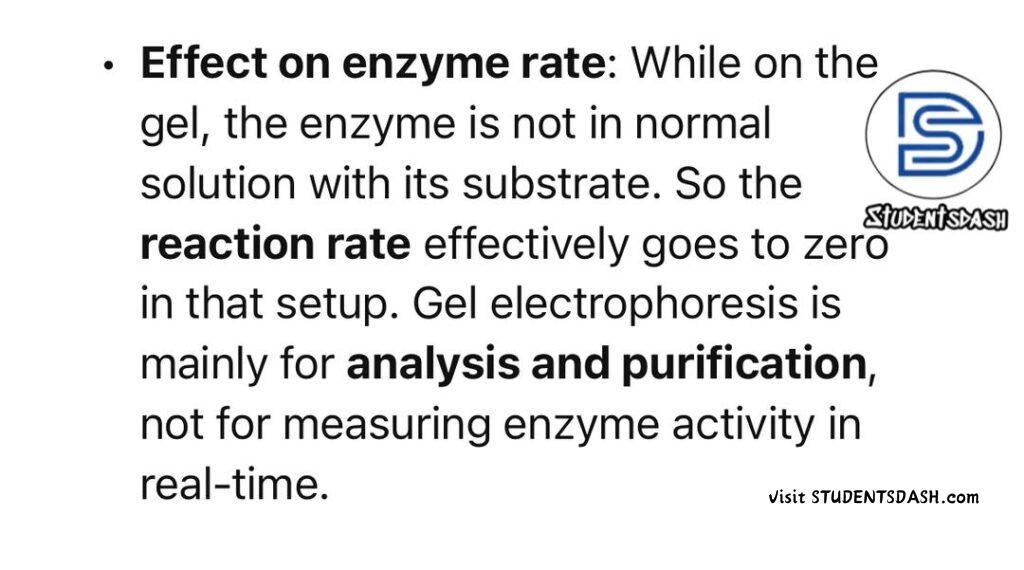
FULL SOLUTION LOADING
98%….
